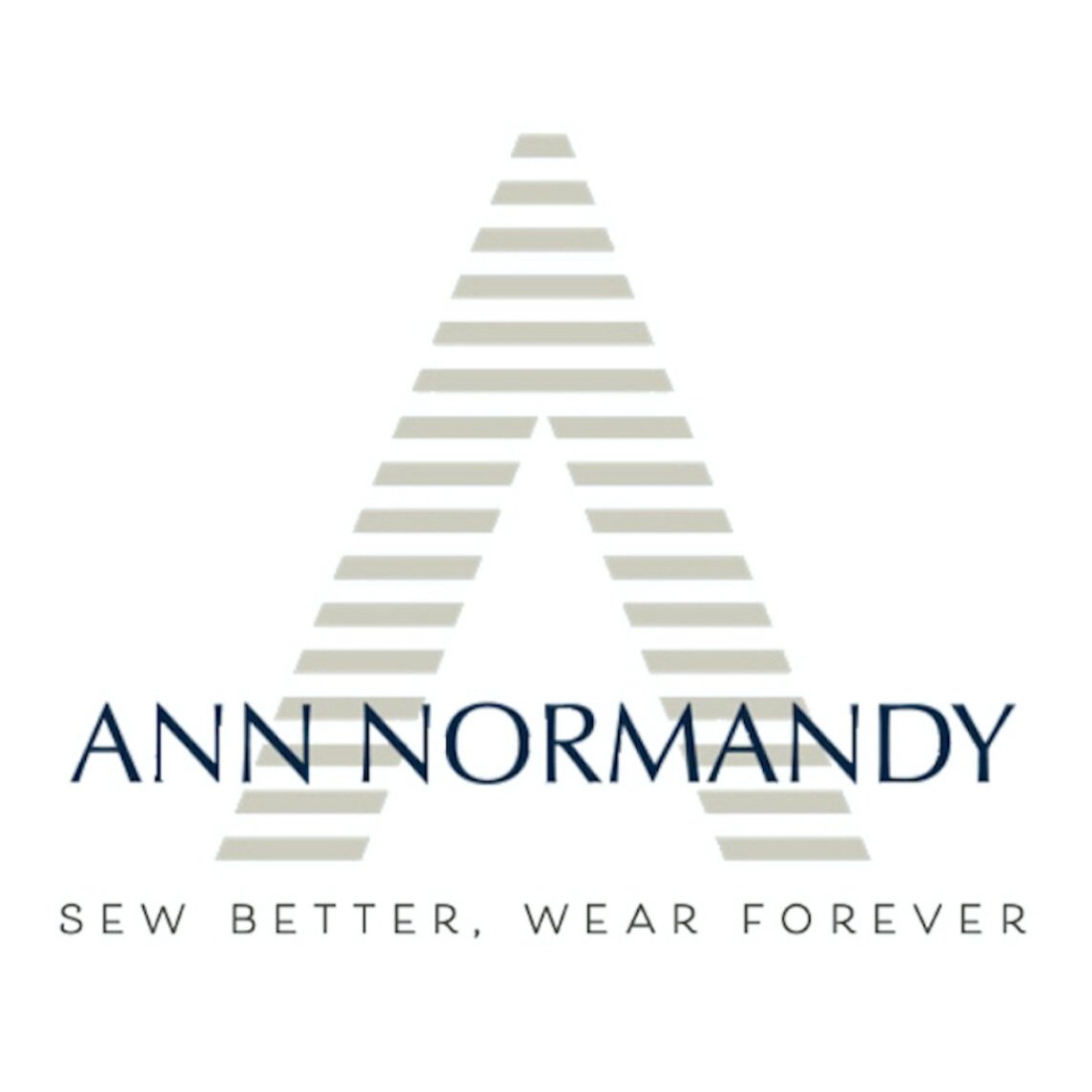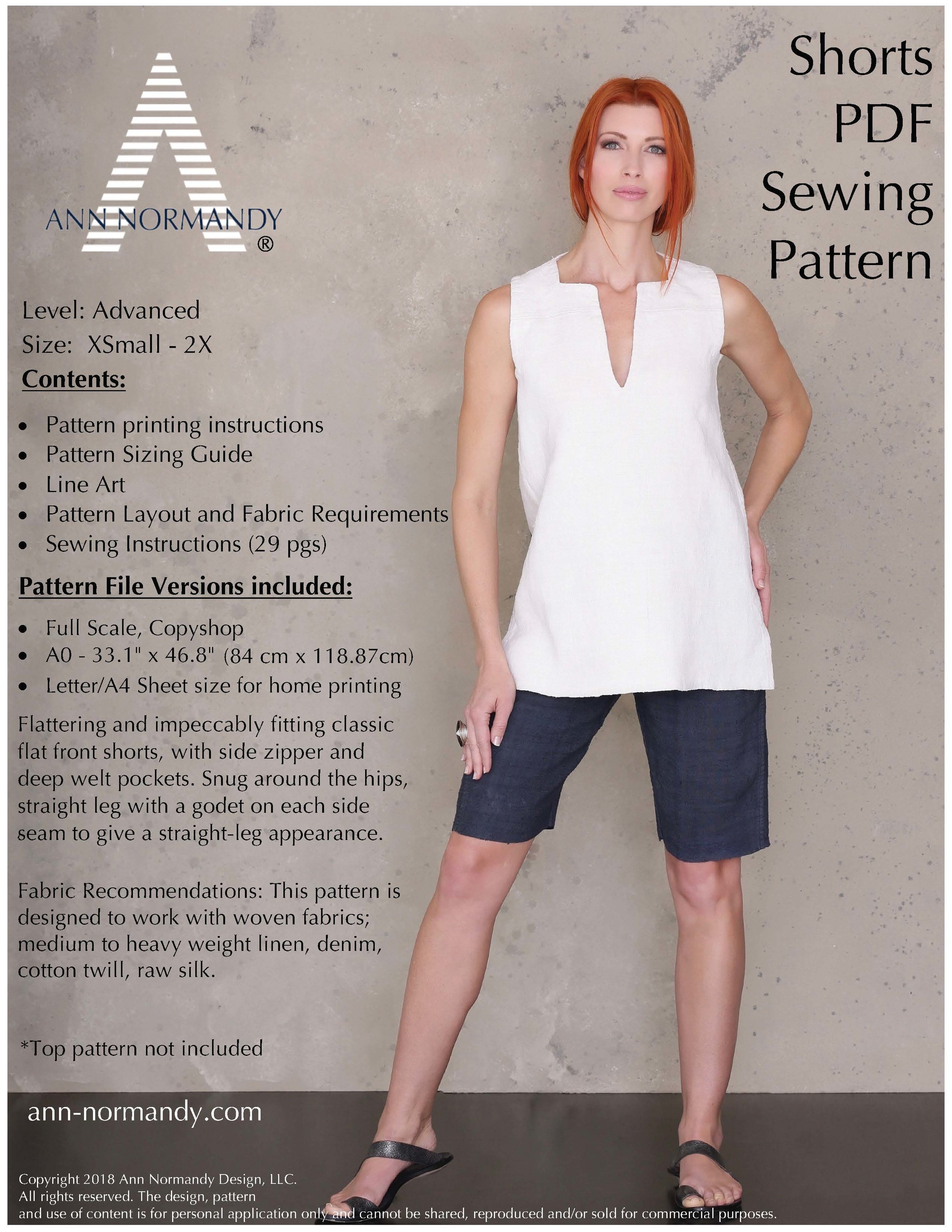Sewing Supplies List
When it comes to a sewing supplies list…
Having the right sewing tools can make a big difference in your project. Here are nine essentials that every sewist should have on hand. These tools will help you sew more efficiently and ensure your projects come together beautifully.
Ann Normandy Design Sewing Supplies List
Before we get to the list, let’s talk sewing patterns and fabric first. Stick with tried and true sewing patterns. A great professionally drafted sewing pattern that matches to beginner skill level AND that you love (independent sewing patterns designers always draft better patterns than the ones you can typically find at a craft store). Indie pattern designers are also terrific with communicating if you have questions. Don’t ever hesitate to contact the designer. I encourage all clients to contact me with questions or comments.
Research reviews online and for sewing tips. Social media outlets, such as Instagram and Facebook have great sewing communities, whether it’s a sewing group or a search using a specific hashtag. There are sewing bloggers who test and write about sewing patterns all the time.
Select the best fabric for sewing projects. Working with the best quality fabric will elevate your project from ordinary to extraordinary, but you don’t need expensive fabric if you’re new or relatively new to sewing. Take the pressure off yourself, stick to an affordable fabric, and concentrate on learning techniques before you dig into the good stuff.
Select your fabric based on the designer's recommendations. They are selected based on the development of the sewing pattern, as well as being tested with the design many times.
Now, on to the list:
1. Good Quality Dressmaker Shears:
Scissors or Shears? There is a difference. Shears are 7” or longer, with handles that are bent to allow for cutting flat fabric. The top handle accommodates the thumb, and the larger bottom handle can hold up to two fingers. Scissors are shorter than 6” and have finger and thumb holes that are the same size. For sewing you want to have a designated pair of shears just for fabric to prevent the blades from prematurely dulling.
Shears with a serrated edge blade are better suited for slippery or delicate fabrics, as they help grip the fabric as it is being cut.
Investing on a pair of good quality shears, with the right care will keep you cutting for years to come. I prefer Gingher shears.
Shears and scissors, there is a difference!
2. Quality Sewing Machine Needles
One of the most important sewing machine accessories is the sewing machine needle. Choosing the appropriate needle for your fabric is critical to sewing successfully. The average time you should use a needle is about 6 hours of sewing on your machine, or sooner if using a heavier textile. I use a fresh needle at the start of each sewing project and keep at least one handy if a change is needed.
3. Sewing machine and machine manual.
You don’t have to buy an expensive sewing machine with all the bells and whistles to create fabulous sewn projects. What you should have is a quality machine that can handle a heavy-duty project, that has a minimum of a handful of stitches, including the ability to reverse stitch and a buttonhole option.
As I mentioned in the previous blog, “Sewing Projects for Beginners”, many public libraries offer machine rentals. That would be a great opportunity to try out a sewing machine.
Also, many independent sewing shops sell used sewing machines and would be a great place for beginner sewing machine recommendations. Customers upgrade their machines and trade their existing machines in. All machines are cleaned, tuned up, and ready for use and sold for a fraction of the cost.
If you’re purchasing a used machine and do not have the manual, no worries, you can find manuals for download on the internet. Just search for the sewing machine’s make, model, and manual.
4. A sewing tape measure
Measuring is a vital part of sewing. Determining your size, measuring fabric, making sure a pattern is on grain, and so on… Keep one or two handy. I usually keep one around my neck while working. With Imperial and Metric measurements.
5. A seam ripper tool
Seam rippers are sewing tools must haves. They are a necessity, even for the seasoned sewist. Its purpose is to cut and release stitches for easier thread removal. I usually have a few small seam rippers on hand and always keep one by my machine.
6. Quality thread
As small of an element this notion is, it is the most important, as it keeps your project together. There are many types of threads, for various projects. The most common thread used is an all-purpose polycore wrapped in cotton. Buying a better quality thread, such as Gütermann will ensure less lint in your machine, clean stitches, and a smoother running machine. Avoid using vintage thread, especially cotton, as the fibers will deteriorate with age.
7. Iron and ironing board
The best iron for sewing does not have to be expensive. Make sure your iron has multiple steam settings and a sturdy comfortable handle for pressing. Use filtered water for steam, filtered from your refrigerator, or a filtered pitcher. Tap water and distilled water will wreak havoc on your project, as well as corrode the interior of the iron. Learn more about pressing on our blog “Couture Sewing Patterns - A Pressing Tutorial”.
Use an ironing board that has sturdy legs. I prefer having a wide board, as well as having both ends free to utilize while pressing. Also, keep a pressing cloth available for synthetic and delicate fabrics.
8. Straight Pins and Pin Cushion
Straight pins have the same purpose as pressing, to keep things temporarily together, but can be used throughout your sewing project, based on your personal preference. Pinning pattern pieces to the fabric before you trace or cut; pinning seams together before sewing (remove the pins as you are sewing and avoid machine sewing over them).
Keep those pins under control by using a pin cushion, whether it’s the old-school tomato with strawberry emery to sharpen your pins, or a magnetic dish sitting next to your machine. Especially when you’re removing the pins as you sew.
9. Invisible marking pen or tailors chalk
It’s always smart to have a tailor’s chalk or invisible marking pen, to mark notches, dots, seam allowances, and identify pattern pieces, front and back of fabric.
Bonus Tip!
One of the beauties of sewing currently is the access to information on the internet, as well as social media. If you need some support or inspiration, the internet is there for you. YouTube videos are helpful for sewing techniques.
Pinterest boards of some of your favorite independent designers, Instagram feeds for inspiration as well as pattern reviews, feedback, and connecting with sewists worldwide.




